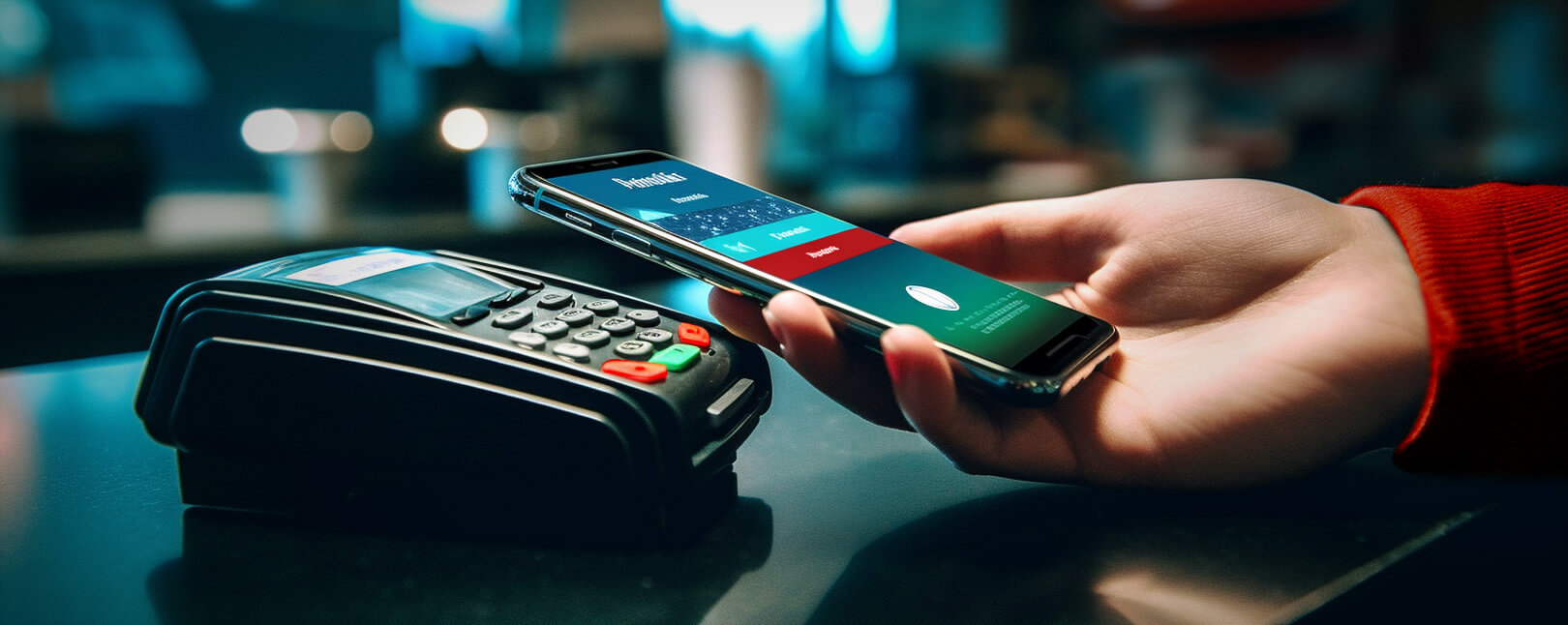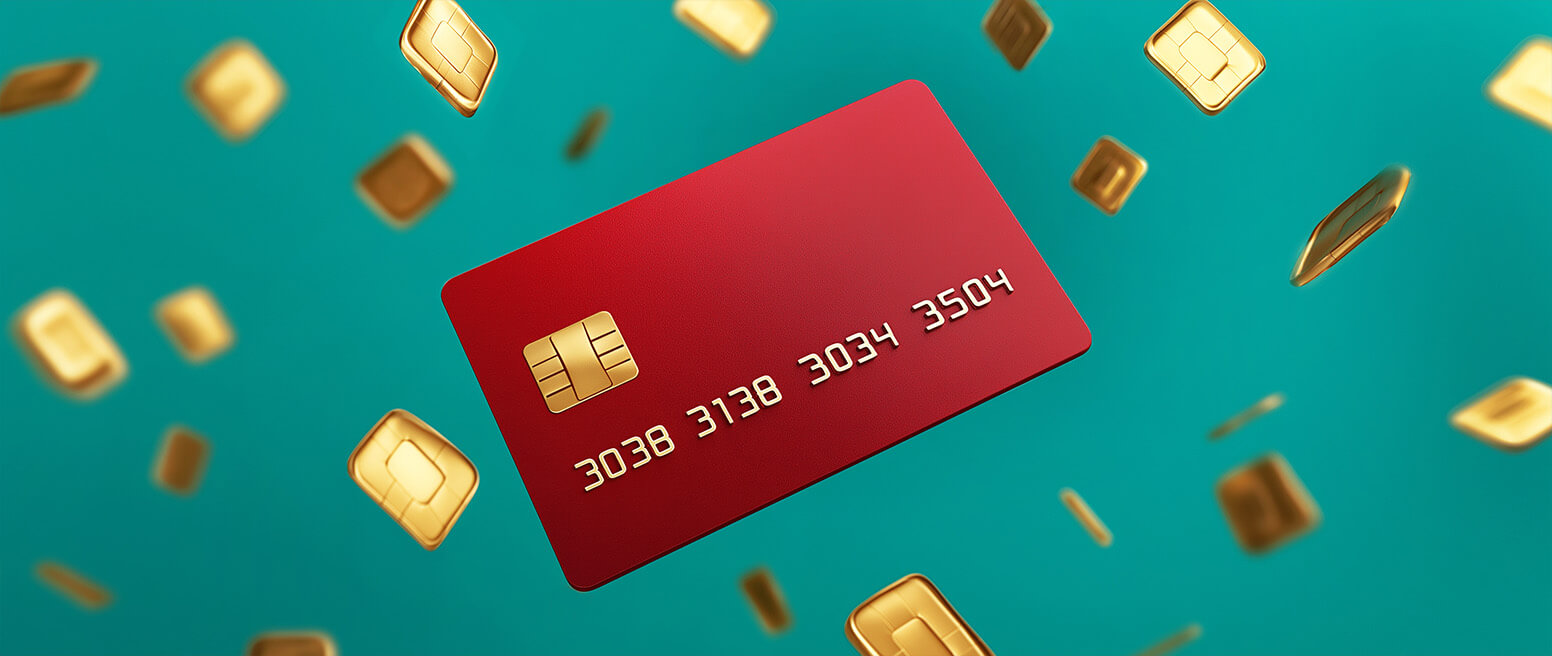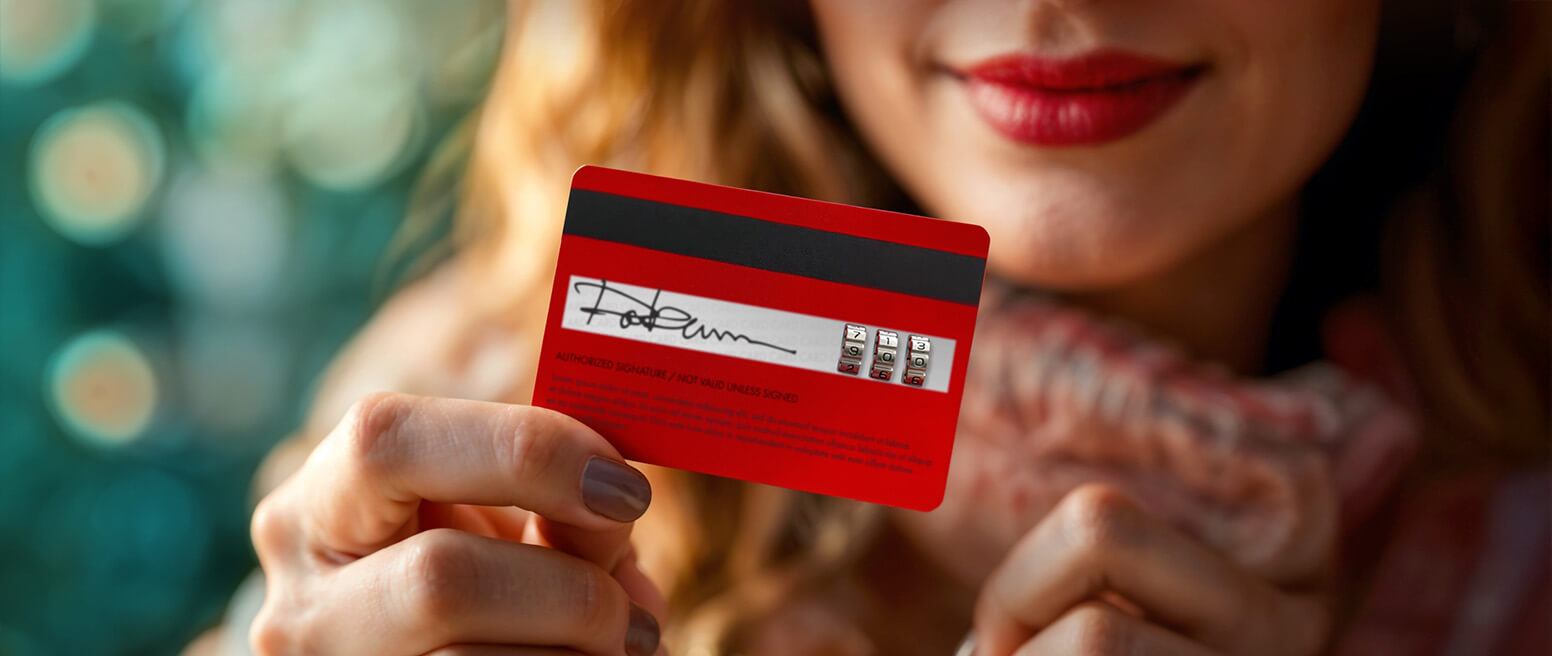The Future of Payments: A Comprehensive Guide to NFC Payment Technology
The future is here… and it is contactless!
NFC mobile payments use near-field communication technology to offer a fast, secure, and contactless payment solution. These "Tap to Pay" transactions may be enabled by tap-to-pay cards, or by digital wallet apps like Apple Pay and Google Pay. In both cases, they streamline the checkout process while also ensuring data safety.
But is this technology actually better for one’s business? Also, what are the benefits and potential drawbacks of switching to contactless payments, for both cardholders and merchants? Let’s take a closer look and find out.
Recommended reading
- What is EMV Bypass Cloning? Are Chip Cards Still Secure?
- Dispute Apple Pay Transaction: How Does The Process Work?
- Terminal ID Number (TID): What is it? What Does it Do?
- What is EMV Technology? Definition, Uses, Examples, & More
- Visa Installments: How it Works, Benefits, & Implementation
- dCVV2: How do Cards With Dynamic CVV Codes Work?
What are NFC Payments?
- NFC Payments
NFC payments are a form of contactless payment made possible by near-field communication (“NFC”) technology. They involve using enabled devices, such as smartphones or contactless payment cards, to make secure, instant transactions at point-of-sale (POS) terminals that also support NFC.
[noun]/en • eff • cee • pay • muhnts/NFC technology provides users with a seamless payment experience. Now, users do not have to swipe or “dip” a card to pay at a gas pump or coffee shop. Customers can simply hold their card, smartphone, smartwatch, or other enabled devices over the reader without even having to touch it.
With just a tap, customers can complete a contactless transaction, or even visit an ATM, quickly and efficiently. This made it a preferred payment option for many during the covid-19 outbreak. However, even as covid protocols were wound down, many buyers opted to keep using contactless payments due to their ease and convenience.

Provided the merchant has successfully integrated contactless payments with their existing POS, they would then be able to accept payments from several devices, including:
- Smartphones: Android and iPhone apps enable mobile payments.
- Smartwatches: Wearable OS watches often support NFC.
- Tablets: NFC-enabled, though less convenient for payments.
- Laptops: Clunky but technically feasible for processing payments.
- EMV Chip Cards: The most common contactless payment method.
How Do NFC Payments Work?
NFC payments work by leveraging radio frequency identification (or “RFID”) technology. RFID technology lets you exchange data between devices through electromagnetic induction.
When an NFC reader is activated, it will send out a signal searching for nearby NFC-enabled devices. The RFID reader picks up on a signal being sent out by the RFID tag in the card or device. Don’t worry: the tag has to be in very close proximity to the reader, so there’s no risk of another individual’s purchase being charged to your card just because you’re standing near them in the checkout line.
The device then requests that your bank issue a token and authorize the transaction. This token is then transferred to the RFID reader. This whole process takes just a few seconds to complete:
As contactless payment options continue to gain popularity, businesses that adopt NFC technology can stay ahead of the curve. They’re able to provide a fast, secure, and convenient payment experience for their customers.
The NFC Payment Process
So, that’s a basic overview of the technology. How does that work in practice, though?
The NFC payment process involves several steps that enable the secure and efficient exchange of payment information between an NFC-enabled device and a compatible point-of-sale (POS) terminal. Here's how a typical NFC payment transaction occurs:
Step 1 | Initialization
The user brings their NFC-enabled device (e.g., smartphone or contactless payment card) close to an NFC-enabled POS terminal.
Step 2 | Data Exchange
The NFC-enabled devices establish a connection and start exchanging data using a specific radio frequency (13.56 MHz). This connection is established in less than a tenth of a second.
Step 3 | Transaction Processing
The POS terminal processes the payment information from the user's NFC-enabled device. This typically involves authentication and authorization from the payment network and the user's bank.
Step 4 | Confirmation
The transaction is completed, and the user receives a notification, such as a beep, vibration, or visual cue, indicating the payment's success.
If you’re a merchant with an NFC-enabled card reader, processed payments go directly into your merchant account, just like standard credit card transactions. But, like standard card purchases, the sales must first be batched and submitted for processing.
Are NFC Payments Secure?
Yes! Despite stories you’ve heard about skimmers hijacking NFC data using RFID technology, the truth is that contactless payments are just as secure as any EMV-chip payment. Oftentimes, they’re even more difficult for fraudsters to intercept.
NFC technology actually incorporates several enhanced security features that legacy payment solutions often lack. Some of NFC’s advanced security features include:
Tokenization
Instead of transmitting the actual card number during a transaction, NFC payments use a unique, encrypted, one-time-use token to represent the user's payment details. This token is useless if intercepted by malicious parties, as it cannot be reused for other transactions.
Secure Element Technology
NFC-enabled devices, especially smartphones and smartwatches, store sensitive payment information in a secure, isolated component known as the Secure Element (SE). The SE is designed to protect data from unauthorized access, even if the device itself is compromised.
User Authentication
Many NFC payment platforms require users to authenticate themselves before making a payment. This could involve entering a PIN, using a fingerprint scanner, or providing facial recognition. This additional layer of security helps ensure that only authorized users can initiate transactions.
Short-Range Communication
NFC technology operates within a short range (typically 4 cm or less). This limits the potential for eavesdropping or unauthorized data interception, as malicious parties must be in very close proximity to the devices to intercept the communication.
Contactless Payment Limits
To minimize the risk of fraud, many financial institutions impose limits on contactless transactions. If a transaction exceeds the set limit, users may be required to provide additional authentication or use a different payment method.
Due to these many features, NFC technology is a generally secure and reliable option for contactless payments. However, as usual, there are always a few downsides to consider as well.
Top 5 NFC Payment Security Drawbacks
Despite the security mechanisms outlined above, NFC payments still face challenges in adoption. Retailers and customers alike have expressed concerns.
One NRF/Forrester study reveals that 67% of retailers worry about implementation costs. 65% are concerned about cybersecurity risks, and 63% fear increased fraud tied to NFC payments.
NFC payments are widely accepted as a “safe” payment method according to modern security standards. Regardless, a few potential drawbacks do stand out to the average consumer and merchant. Some of these include:
Despite these concerns, nearly half (47%) of American consumers have begun to gravitate toward contactless payments, according to Raydiant. The same survey found that nearly 60% of younger consumers were more likely to do business with companies offering contactless payments. It seems that, although many consumers hold some reservations about NFC technology, it is becoming increasingly popular with the public regardless.
Incorporating multi-factor authentication on NFC devices could significantly mitigate risk. It would also enhance overall security for most merchants.
The Pros & Cons of Accepting NFC Payments: How Do They Stack Up?
Before deciding whether or not NFC payments are right for your business, it’s important to recognize that every new technology has a near-equal number of downsides to upsides. The exact ratio, of course, depends on your business type, location, and selling strategy. For example, if you do business mainly online, then NFC payment technology wouldn’t make a lot of sense for your business.
Pros
Speed
NFC transactions are faster than traditional payment methods, reducing wait times at checkout. This efficiency can lead to increased sales, as customers appreciate a seamless shopping experience.
Convenience
Users don't need to carry physical cards or cash, as NFC payments can be made with a smartphone or other enabled devices.
Hygiene
Contactless payments minimize the need for physical contact between users and payment terminals, reducing the spread of germs and bacteria.
Enhanced Security
As discussed earlier, NFC payments employ robust security measures to protect user information and prevent fraud.
Cons
Battery Dependency
NFC payments typically require the user's device to be powered on and have sufficient battery life. This could be a concern in situations in which charging is not readily available.
Cost
To accept NFC payments, a merchant must invest in NFC-capable POS terminals, which may be more expensive. Also, your payment processor may charge higher fees per NFC transaction.
Device Compatibility
Not all smartphones or devices support NFC technology. Users may need to upgrade to a compatible device to take advantage of NFC payments.
Limited Acceptance
While NFC payment adoption is growing, not all merchants have NFC-enabled POS terminals. This can be an inconvenience for users who rely solely on NFC payments.
The benefits of NFC technology outweigh initial industry concerns primarily because the advantages it offers lead to improved customer experiences, streamlined operations, and long-term growth for businesses. As more consumers adopt contactless payments, businesses that offer NFC payment options can stay competitive and cater to evolving customer preferences.
How to Start Accepting NFC Payments
Remember: convenience is king. Businesses are increasingly embracing near-field communication-based payments to provide their customers a faster, more secure, and hassle-free experience.
As more consumers adopt contactless payments, businesses that offer NFC options can look forward to remaining competitive while catering to evolving customer preferences. If you're a merchant that is looking to start offering NFC payments to your customers, follow these steps to get started:
Look Beyond Today’s Payment Options
There’s no singular solution to any problem in the payments space. Contactless payments must be backed by business best practices like responsive customer service, quick authorization, and frequent software updates.
Even when sellers do everything right, there’s still the prospect of chargebacks making it through their defenses. That’s why we recommend implementing tools and strategies to prevent chargebacks whenever possible and challenge invalid disputes through representment.
Looking to offer contactless payments to your customer but struggle with fraud and chargebacks? Chargebacks911 can help. Contact us today for your FREE ROI analysis.
FAQs
What is an NFC payment?
NFC payments are a form of contactless payment made possible by near-field communication technology. They involve using NFC-enabled devices, such as smartphones or contactless payment cards, to make secure, instant, tokenized transactions at point-of-sale (POS) terminals that support the technology.
What is NFC and how does it work?
NFC payments work by leveraging radio frequency identification (RFID) technology to exchange data between devices through electromagnetic induction. When an NFC reader is activated, it will send out a signal searching for nearby NFC-enabled devices. Once the device is detected, payment can be processed.
How can I pay through NFC?
You would bring your NFC-enabled device (e.g., smartphone or contactless payment card) close to an NFC-enabled POS terminal. Then, the NFC-enabled devices establish a connection and start exchanging data using a specific radio frequency (13.56 MHz). This connection is established in less than a tenth of a second.
Next, the POS terminal processes the payment information from your NFC device to your bank. Once done, the transaction is completed, and you will receive a notification, such as a beep, vibration, or visual cue, indicating the payment's success.
How do I turn on NFC on my iPhone?
NFC payments are automatically enabled on Apple smartphones, provided your bank details are available in your mobile wallet. On an Android device, you can change your NFC settings by looking in the settings app > connections > tap NFC and contactless payments.
What is the benefit of NFC payments?
NFC technology is a generally fast, secure, and reliable option for contactless payments. It is tokenized, and allows for quicker and more hygienic brick-and-mortar payments.














